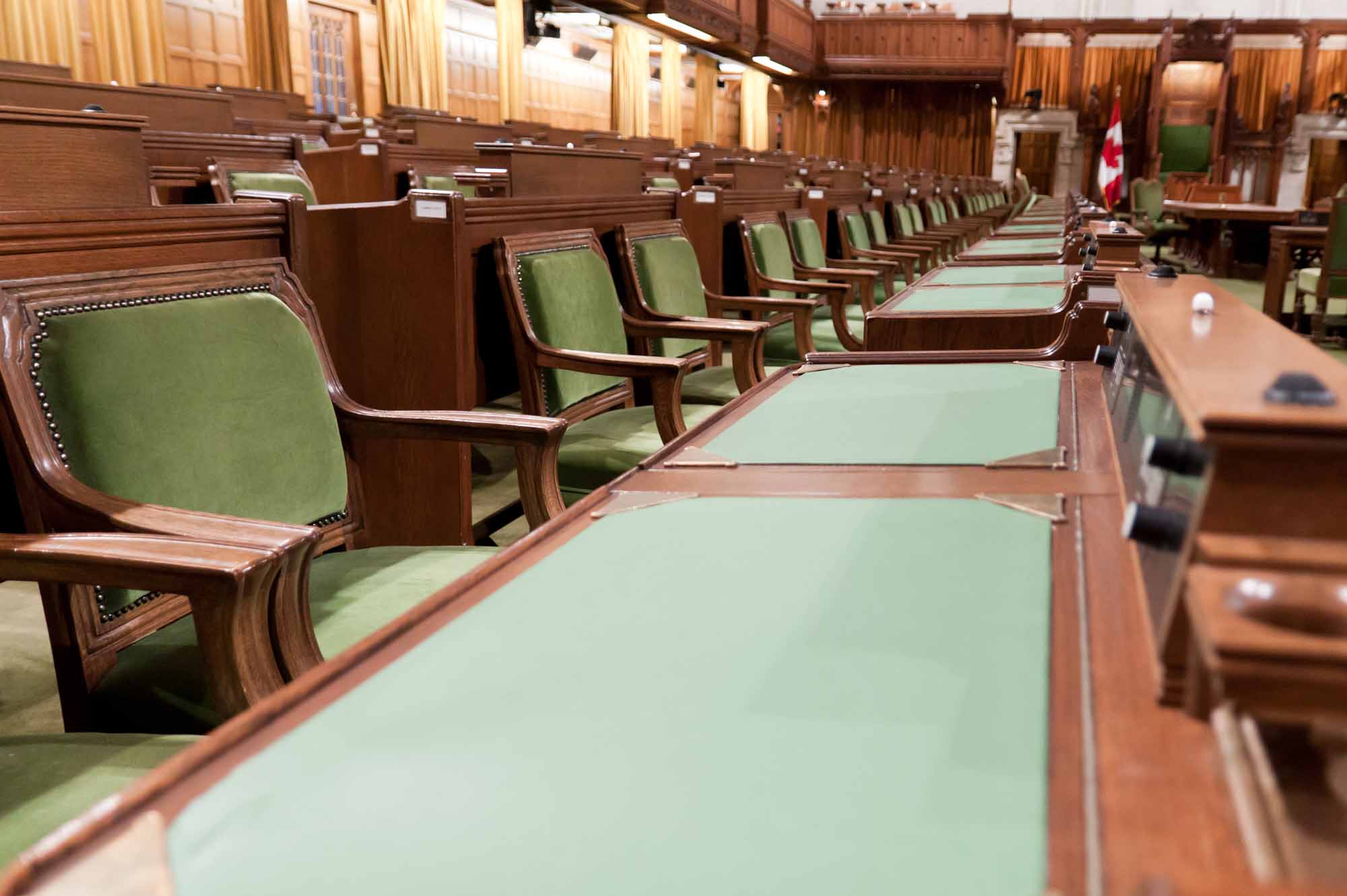Article
Cornwallis Statue
A statue of Edward Cornwallis, the colonial founder of Halifax, was erected in the city’s downtown in 1931 as a celebration of British settlement. It later became an object of controversy in the midst of a growing public debate about Cornwallis’s treatment of the Mi’kmaq people.









